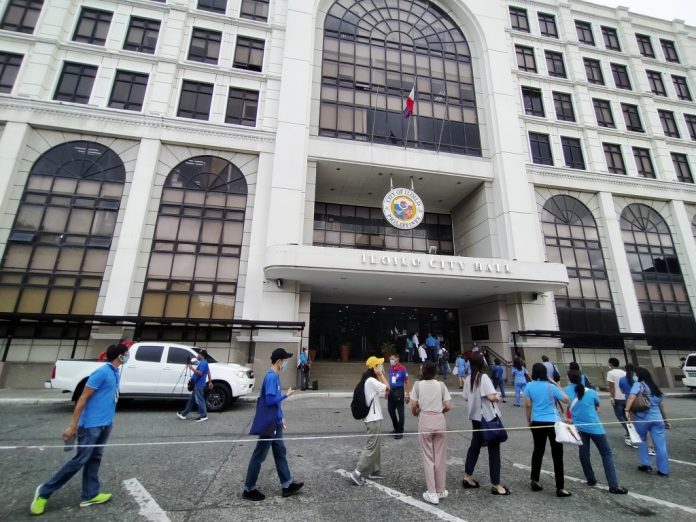
MANILA – The magnitude 6.6 earthquake that struck Masbate province in the Bicol Region yesterday morning was also felt in parts of Western Visayas, with the strongest in Sagay City, Negros Occidental at a “moderately strong” intensity 4.
The quake was felt at a “weak” intensity 3 in Iloilo City while President Roxas in Capiz province and San Jose de Buenavista and Tibiao towns in Antique sensed the earth shaking at intensity 2, according to the Philippine Institute of Volcanology and Seismology (Phivolcs).
Lezo, Aklan felt an intensity 1 tremor.
At the Iloilo provincial capitol, government employees rushed out of their offices when the earthquake, whose epicenter was five kilometers southwest of the seaside town of Cataingan, Masbate, was felt at around 8:03 a.m.
“It was strong, dizzying,” said Police Colonel Eric Dampal, director of the Iloilo City Police Office.
Phivolcs initially reported the quake’s magnitude at 6.5 but later upgraded it to 6.6.
The United States Geological Survey, on the other hand, measured the quake at magnitude 6.7.
“A movement in the Philippine Fault Zone caused the quake,” said Phivolcs director Renato Solidum. “It will not cause a tsunami because the fault moved horizontally instead of vertically.”
He warned of mild aftershocks.
There were no reports of deaths, injuries or severe damage in Western Visayas. In Masbate, however, the earthquake left one dead (a resident of Baranga Alimango, Cataingan) and 36 others injured, according to the Philippine Red Cross.
There were reports there, too, of varying degrees of damage to infrastructures such as roads, bridges, houses, and buildings.
The Philippines lies in the Pacific “Ring of Fire”, an arc of faults around the Pacific Ocean where most of the world’s earthquakes occur. It’s also lashed by about 20 typhoons and storms each year, making it one of the world’s most disaster-prone countries./PN




